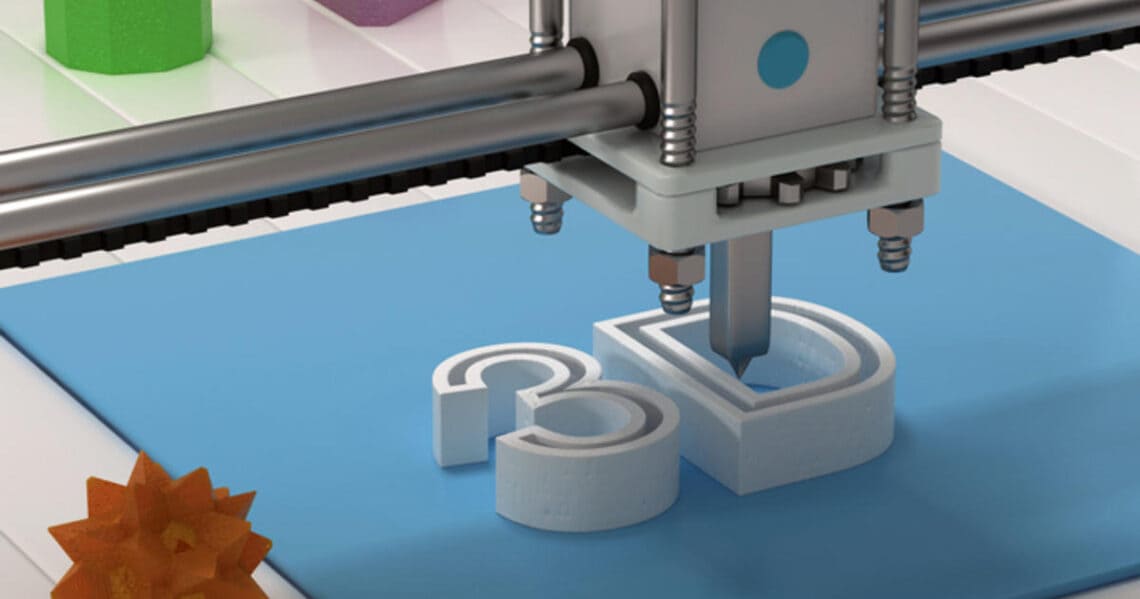Sports 3D printing: a key technology to revolutionize the sports field
In the development of modern sports, a new technology plays a vital role, that is, sports 3D printing technology. From athletes’ equipment to sports medicine, from racing parts to on-demand manufacturing, there is a shadow of 3D printing. This article will explore in depth the content related to sports 3D printing and its impact on the sports industry. Welcome to read.
1.What is 3D printing?
3D printing, also known as additive manufacturing, is a production technology that creates three-dimensional objects based on computer-aided design (CAD) files. It involves multiple processes that build up one or more materials (such as plastic, metal, wax or composite materials) layer by layer to form a shape. The process is controlled by a computer, so it is an economical and accurate method to create objects of almost any geometry and complexity. In sports 3D printing, this feature is particularly critical, which makes it possible to manufacture complex and diverse sports-related items.
2.How does 3D printing work?
The software slices the digital 3D model into hundreds of thin layers and exports them in G-code format, a language used by the printer to know exactly when and where to place the material. Each layer corresponds to the exact 2D shape of a cross-section or slice of the object, a delicate process that ensures the accuracy and high quality of sports 3D printed products.
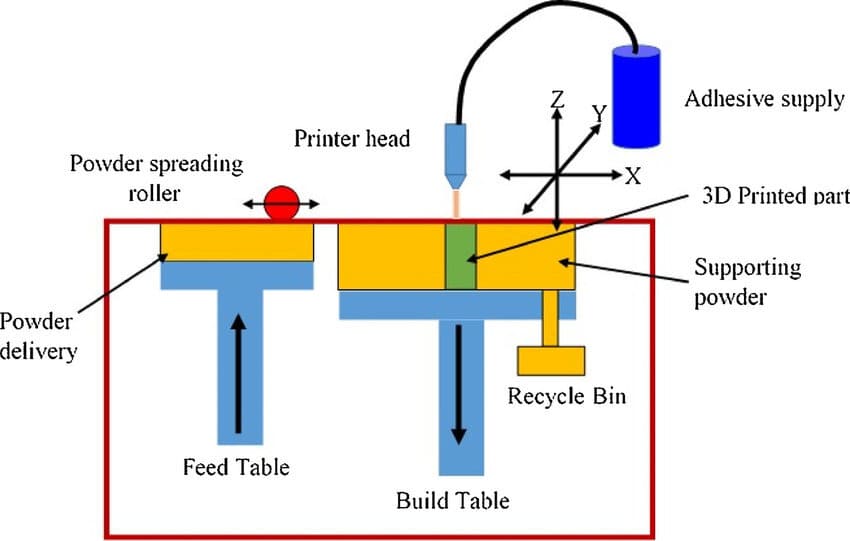
3.Impact of sports 3D printing on the sports industry
(I) Transforming the sports industry
Sports 3D printing is changing the sports industry in all aspects, including accelerating product design and development, improving design flexibility, and accelerating product modification and improvement. In the competitive sports world, subtleties often determine victory or defeat. Sports 3D printing can improve athletes’ reaction speed and injury healing speed, thereby bringing competitive advantages.
For example, weight has a significant impact on athlete performance. Sports 3D printing can design and manufacture products that are lighter and stronger than traditional methods, while giving greater design freedom. Combined with laser scanning technology, highly customized sports 3D printing products can also be achieved.
(II) Case study of helping Paralympic champions
Take Emma Wiggs, a world champion disabled kayaker, as an example. She knows the importance of customizing stronger and lighter paddles to improve her own strength. Traditional paddles are outdated in design and lack ergonomic adjustments for disabled athletes. So Emma worked with engineers to develop a solution. The redesigned carbon fiber paddle was built based on a computer-simulated model of Emma’s ergonomics and personal technique, with a lightweight handle tailored to her hand shape and 3D printed from high-performance polymers.
Emma won gold at the Tokyo 2020 Paralympic Games with this improved paddle, demonstrating the role that 3D printing in sports can play in improving the performance of athletes.

4.Application of sports 3D printing
(I) Customized sports equipment
Sports 3D printing excels in customized sports equipment, including protective equipment (such as helmets, goggles, etc.), sportswear (such as shoes, insoles, etc.), sports equipment (such as rackets, clubs, etc.), prostheses, training equipment, etc. One of the major advantages of sports 3D printing is that it can easily produce customized products, which can be customized in a wide range of ways, from small changes such as color and logos to complex redesigns such as protective equipment.
Ill-fitting equipment can have a negative impact on athletic performance, and traditional customization processes are slow and costly. The combination of high-definition laser scanning, computer modeling software and sports 3D printing technology effectively simplifies and optimizes the customization process, and the unique structure of the product also helps to improve the comfort and competitiveness of athletes.
(II) Sports medicine
In the field of sports medicine, sports 3D printing can be found in masks, medical pillows, brackets, plasters, splints, boots, etc. The application of sports 3D printing in this field is growing rapidly because athletes need to recover as quickly as possible after injuries. Sports 3D printing offers an innovative way to speed up the recovery and reconstruction of fractures, and its medical products can be quickly customized to achieve the best recovery fit and support effect.
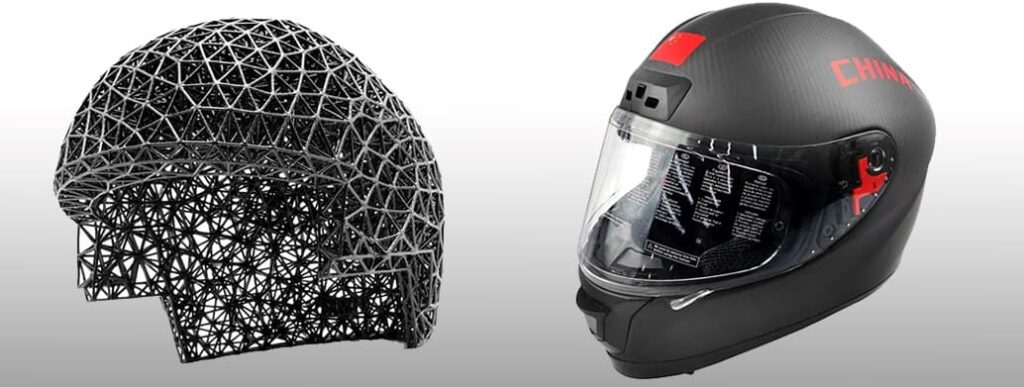
(III) Racing parts
In the field of racing, sports 3D printing involves decorative parts (such as dashboards, seat frames, etc.) and mechanical parts (such as mounting brackets, suspension wishbones, etc.). In racing, speed and weight are key factors. Sports 3D printing has long been used to make early prototypes that can be tested in wind tunnels.
(IV) On-demand 3D printing
The ability to manufacture parts on demand has greatly promoted the application of sports 3D printing in the sports field. Bringing the production process in-house can better control the process and shorten the time from design to manufacturing. Many sports teams compete outside their headquarters and have difficulty obtaining spare parts. The speed, flexibility and efficiency of sports 3D printing make it possible to manufacture parts in a cost-effective manner when and where they are needed.
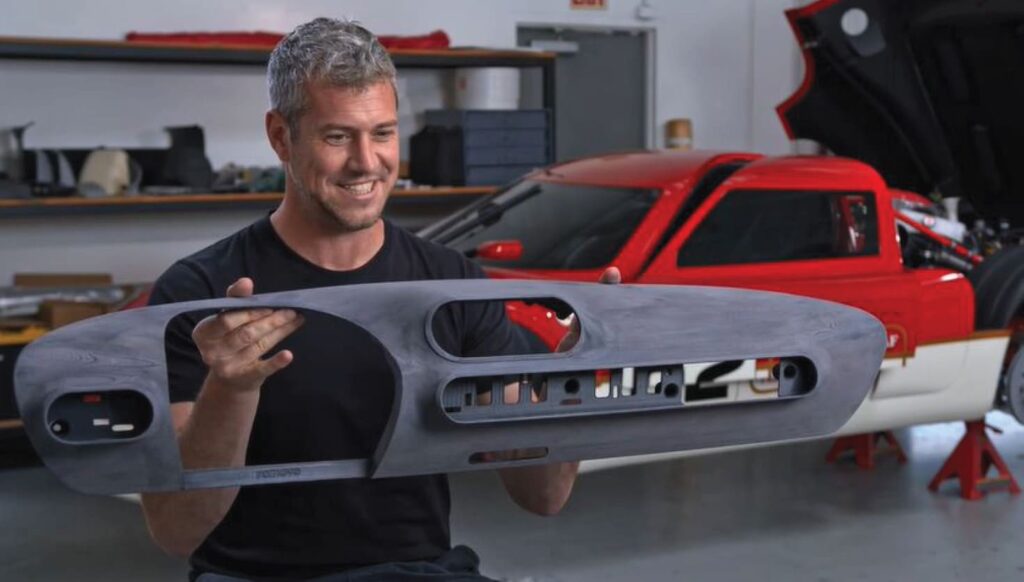
5.Limitations of sports 3D printing
(I) Not suitable for mass production
Sports 3D printing may have advantages over traditional methods when producing single or small batches of sports items, but it faces challenges in mass production. The number of prints per machine is limited by the size of the machine and the object, which is not suitable for mass production.
(II) Unstable quality
3D printers do not always produce perfect results. The failure rate is affected by the machine, material and printed object, and sometimes additional manual processing is required to achieve the expected quality. However, as technology advances, these problems are expected to decrease.
(III) Part size limitation
The size of the 3D printer itself limits its ability to produce large sports parts.
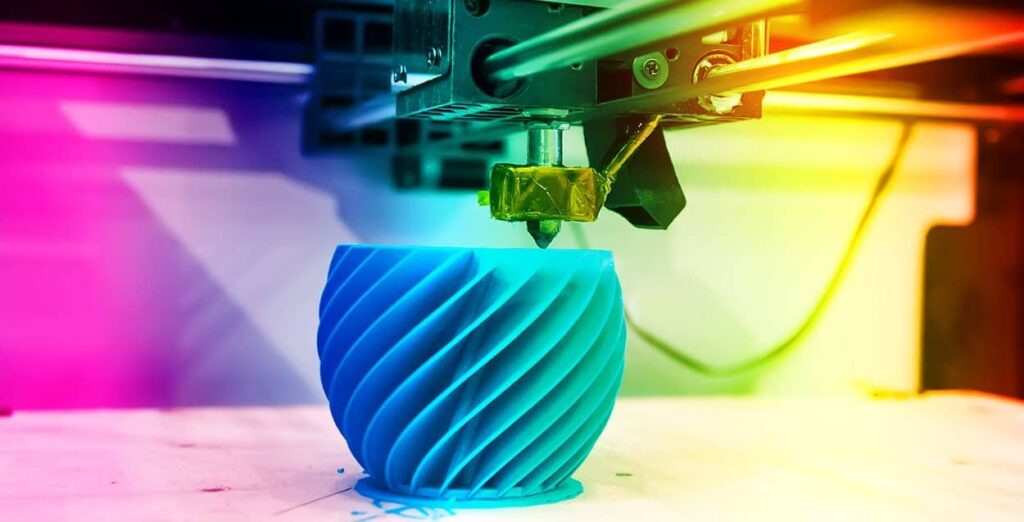
Conclusion
In summary, sports 3D printing has shown great potential and value in the field of sports. From changing the development model of the sports industry to helping athletes achieve excellent results, 3D printing is gradually becoming an indispensable part of sports.
